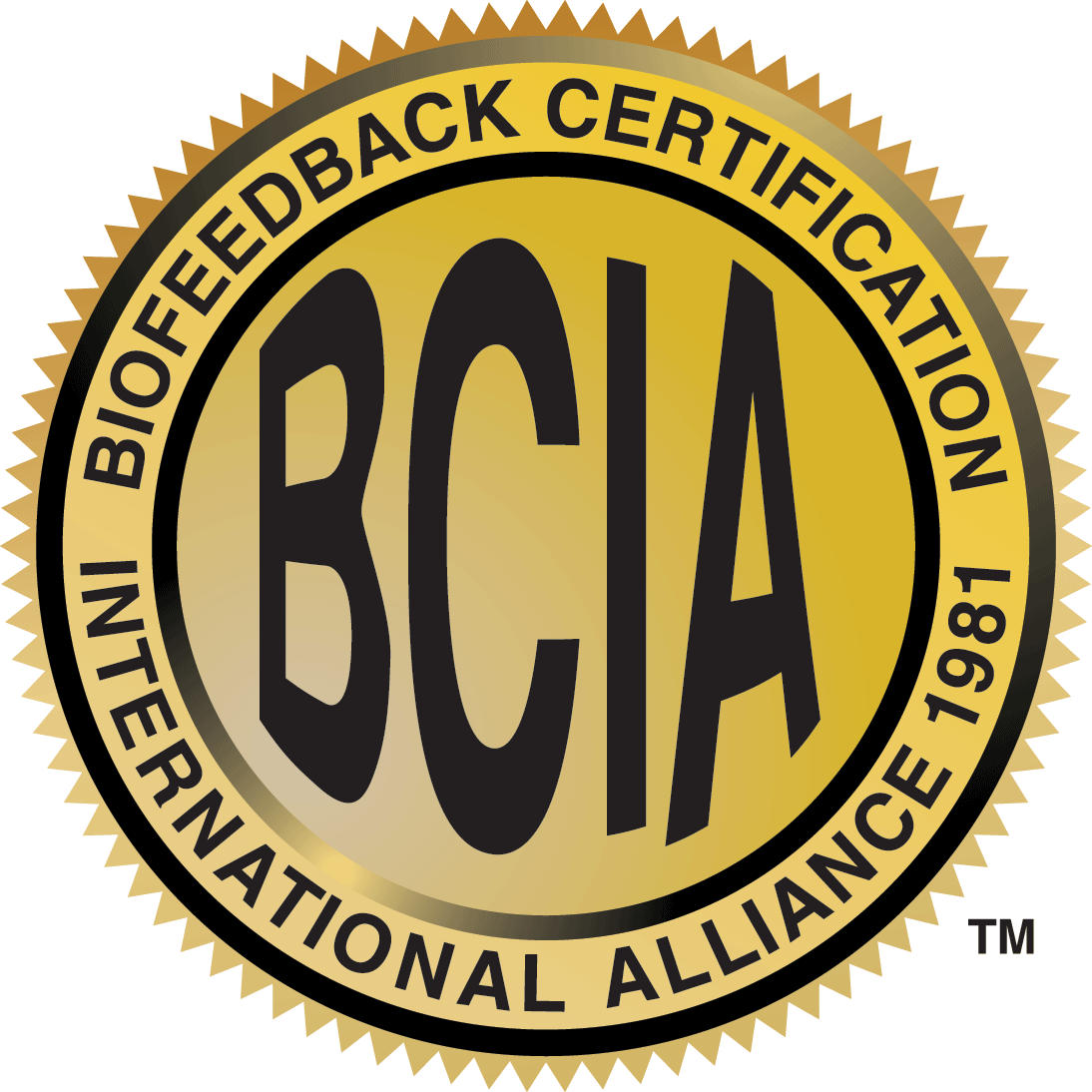SERVICES

Neurofeedback Brain Training
Neurofeedback is a specialized, evidence-based therapy that helps train your brain to function at its best. By measuring and guiding brainwave activity, Neurofeedback can support healing from mental health challenges, reduce symptoms related to substance abuse, and enhance overall performance and focus.
Many professional athletes, performers, and high achievers use Neurofeedback to improve focus and mental clarity. In 2012, the American Academy of Pediatrics recognized Neurofeedback as a Level 1 (Best Support) evidence-based treatment for ADHD; the same rating given to stimulant medication (ISNR).
During a Neurofeedback session, you’ll sit comfortably while watching a video or simple game on a monitor. Small sensors are gently placed on your scalp to measure brainwave activity in real time. The feedback you see on the screen acts like a mirror for your brain, allowing you to observe your brain’s “form” and make subtle adjustments - Similar to watching yourself lift weights or practice proper technique in physical therapy. Over time, your brain learns to strengthen the patterns that support calm, focus, and emotional regulation.
Neurofeedback is non-invasive, drug-free, and entirely safe. It’s a training and learning process that takes practice, repetition, and consistency for lasting change. Many people begin to notice positive shifts such as improved focus, mood, or calm within the first five sessions.
Neurofeedback is a time and training commitment, and typically 20 - 40 (max) sessions are recommended to achieve long-term benefits. By repeatedly reinforcing healthier brainwave patterns over time, your brain learns to maintain these improvements and re-establish a new, more balanced baseline that lasts even after you’ve successfully completed training.
Click here to learn more: Resources Page
QEEG Brain Mapping
Quantitative Electroencephalography (QEEG), often called brain mapping, is a specialized assessment that measures and analyzes your brain’s electrical activity.
Just like an EKG (electrocardiogram) records the electrical signals of your heart, a QEEG records the electrical patterns produced by your brain (brainwaves).
During your QEEG session, a cap with small sensors is gently placed on your head to record these brainwave patterns while you sit comfortably for 20 minutes; 10 minutes with eyes open and 10 minutes with eyes closed. The recording is then compared to a database (with no identifying information) of typical brainwave activity for your age and gender.
Next, a qualified, IQCB board-certified clinician carefully analyzes your QEEG to ensure accuracy and develop personalized neurofeedback protocols tailored to your unique brain patterns and goals. The assessment identifies areas of the brain that are working too hard or not hard enough - both of which can be linked to symptoms such as anxiety, depression, attention difficulties, sleep problems, substance cravings, or mood-regulation challenges.
QEEG is non-invasive, painless, and does not involve any medications. It provides valuable insight into how your brain is functioning, allowing for a targeted, data-driven approach to your care and long-term healing.

The summit is what drives us,
The climb itself is what matters
~ Conrad Anker
